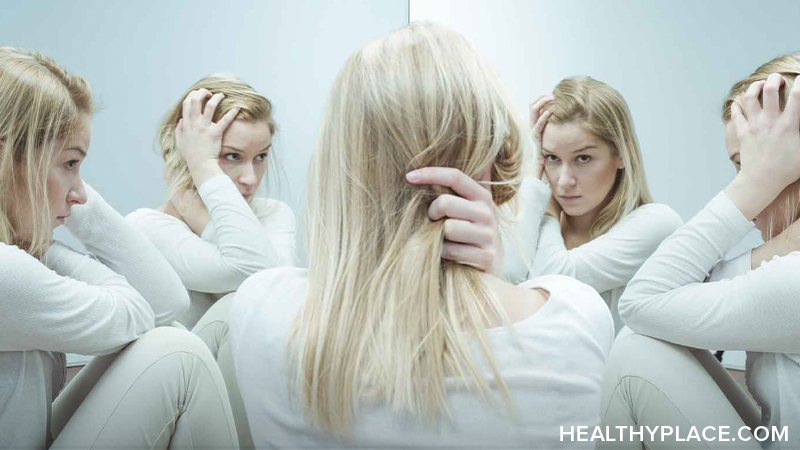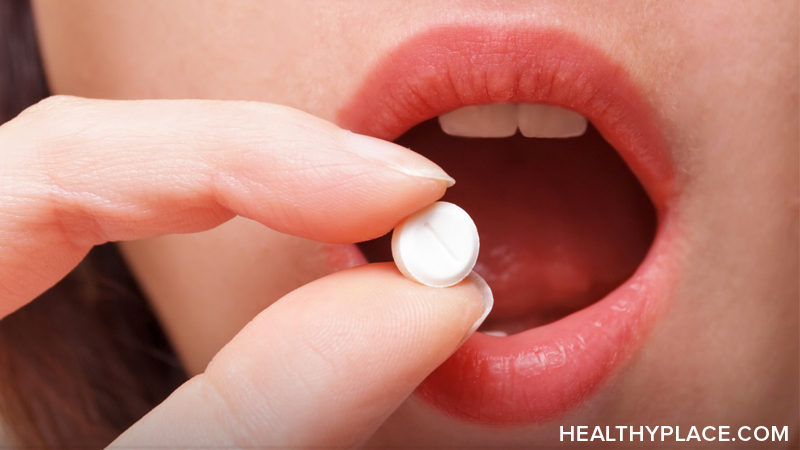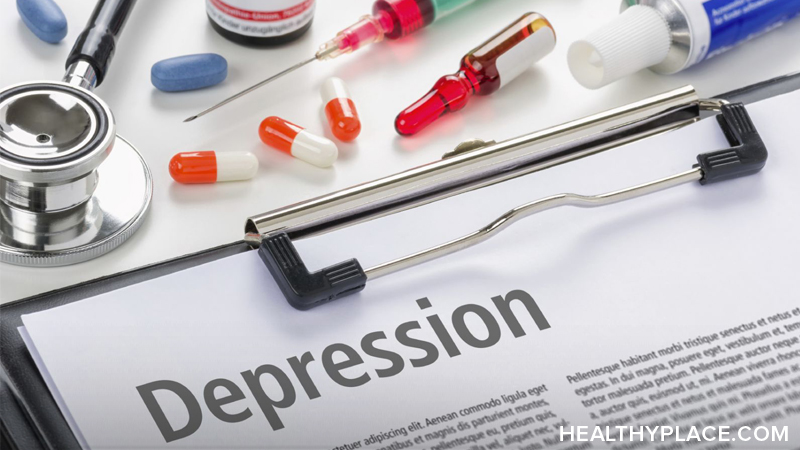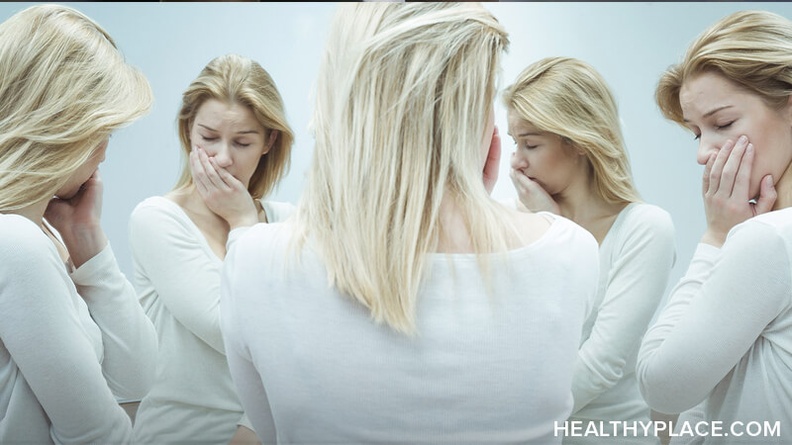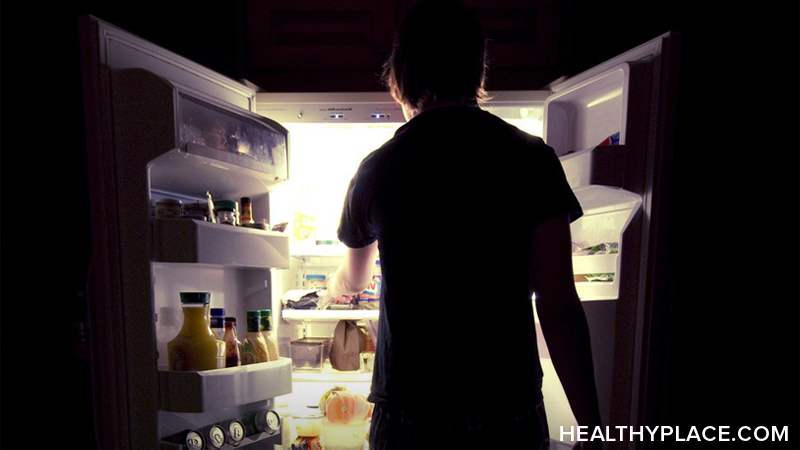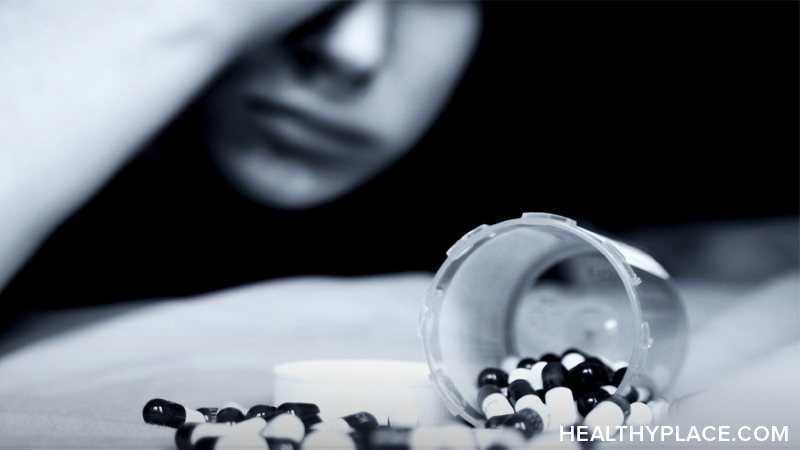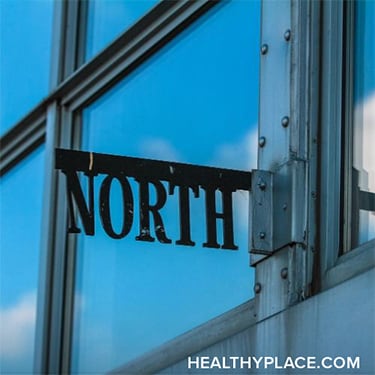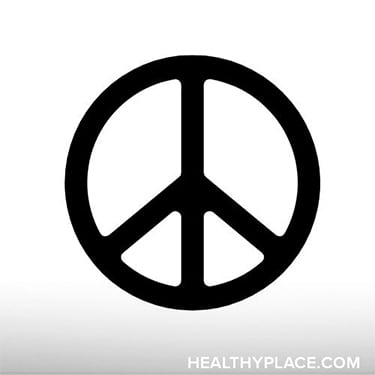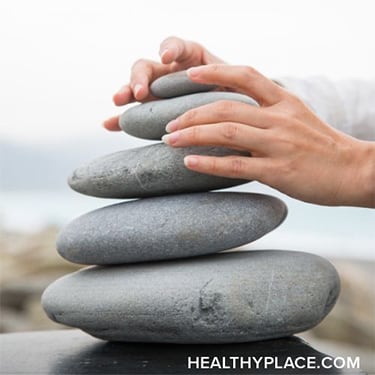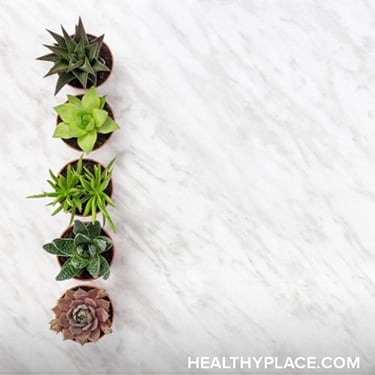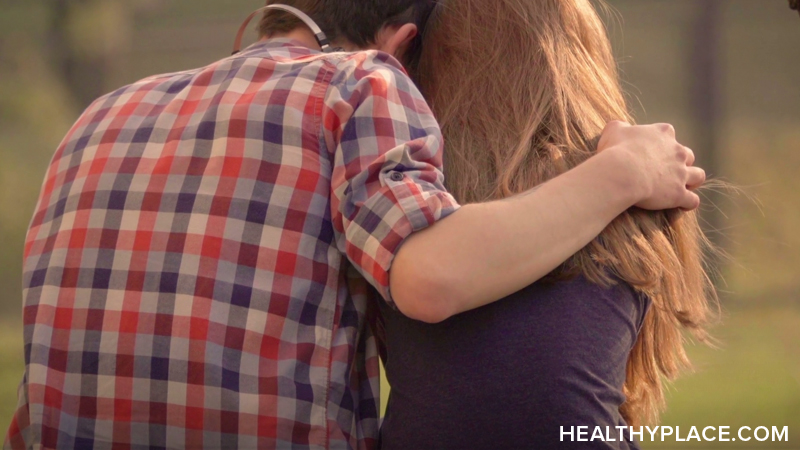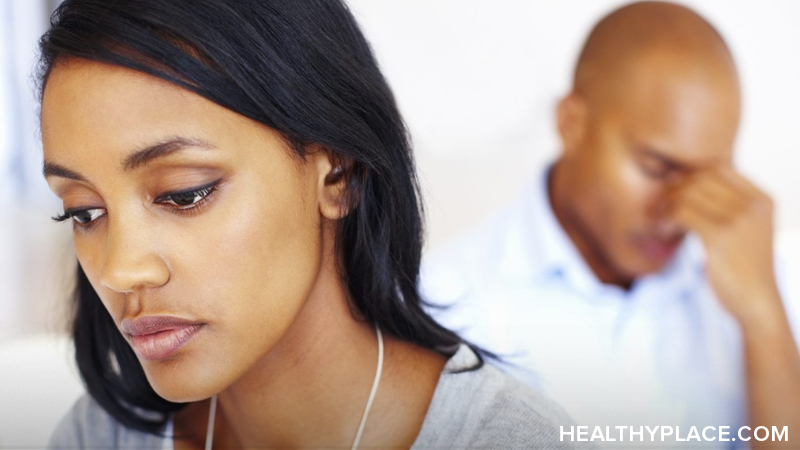How to Fit a Depression Nap into Your Day
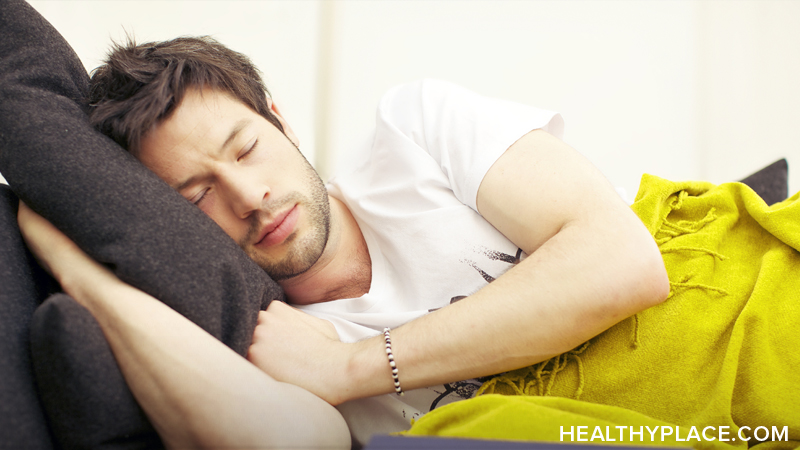
A depression nap is more than a meme. If you’ve searched depression nap online, chances are high that you were directed to a multitude of depression memes depicting someone dramatically sleeping across a desk, on a flight of stairs, or other unlikely places; worse, the caption usually indicates someone is napping right where they are because they “can’t even.”
Depression nap memes are a bit degrading, rather stigmatizing, even. If you or someone you care about has depression, you or they might experience a strong urge to sleep in the daytime. The reason isn’t laziness (depression and laziness aren’t the same thing), nor is it that you’re so poorly adjusted to your life that you need to sleep your day away because you “can’t even.” Read on to discover just what a depression nap is and, if you need one, how to fit it into your day.
The What and Why of Depression Naps
We use the term “depression nap” to refer to a depression-induced need for sleep during the day. It isn’t an official term, however, nor is it a formal type of depression treatment. It’s a convenient term for something that you may or may not want to do to manage your depression.
Taking a nap is a compelling activity for many people living with major depression, for good reason. Depression:
- Causes extreme physical fatigue
- Causes severe mental exhaustion
- Creates powerful negative emotions that people want to escape or avoid
- Is overwhelming as it affects one’s whole being and life in general
- Can lead to nighttime insomnia, which makes daytime fatigue intense
For many people, the need for daytime sleep is strong. Is it a good idea to take a depression nap, though? As with so many aspects of this illness, the answer isn’t clear-cut. There are distinct advantages to depression naps, but there are clear disadvantages, too.
The Pros and Cons of Depression Napping
Some doctors, therapists, and sleep experts are opposed to daytime napping for those living with depression. Daytime sleeping can make it difficult to fall asleep and/or stay asleep at night, which in turn makes you more tired during the day. You take a nap to make up for the lack of sleep, but when nighttime comes, that daytime snooze once again interferes in quality sleep. It becomes a vicious cycle that prevents depression from improving.
Depression naps have another negative consequence that many people don’t automatically realize. When you nap, you are isolated from others and become shut off from your support network. Isolation is a harmful effect of depression as it is, and depression naps tend to make it worse.
These disadvantages of depression naps are serious. Napping daily when you have depression might not help you heal. That said, depression is exhausting, and there are times when sneaking in some sleep is beneficial. The brain does need sleep to function properly, after all.
Sleep enhances brain health and functioning, and they can be quite restorative and refreshing. Depression depletes energy and makes functioning difficult. Doing the simplest of tasks is often a gargantuan effort that uses up all energy. A depression nap can give you more energy to do what you need to do. It can also help you regulate your emotions so negative feelings don’t overpower you.
Being intentional about how to fit a depression nap into your day will help you reap the benefits without being crushed by the cons.
Tips for Taking a Depression Nap
If you decide to nap, use these tips to maximize your experience:
- Sleep earlier in the day rather than mid-late afternoon to minimize interference in your nighttime sleep schedule.
- Find a quiet space to minimize disturbances that would prevent quality sleep. If you’re working, you might slip out to your car on a break or find a little-used space in the building.
- Keep depression naps brief. Many experts recommend no longer than 20 minutes for any nap, but there aren’t recommendations for a depression nap. Experiment to see what works best for you, but remember than beyond 20 minutes, daytime sleep can disrupt nighttime sleep.
- Maintain a regular sleep schedule and routine at night even if you aren’t tired at your normal bedtime.
- Get some light exercise after a nap and/or do something engaging. This is difficult with depression, but do it even if you don’t want to. You’ll eventually discover that you want to do things again.
Depression naps have both benefits and drawbacks. They help some people thrive, while they make others feel worse. Know yourself and how your depression responds to different actions. If you are consistently exhausted, give a depression nap a try and see if you benefit. It’s one more thing you can do to work toward overcoming depression.
APA Reference
Peterson, T.
(2022, January 4). How to Fit a Depression Nap into Your Day, HealthyPlace. Retrieved
on 2025, November 2 from https://www.healthyplace.com/self-help/depression/how-to-fit-a-depression-nap-into-your-day
